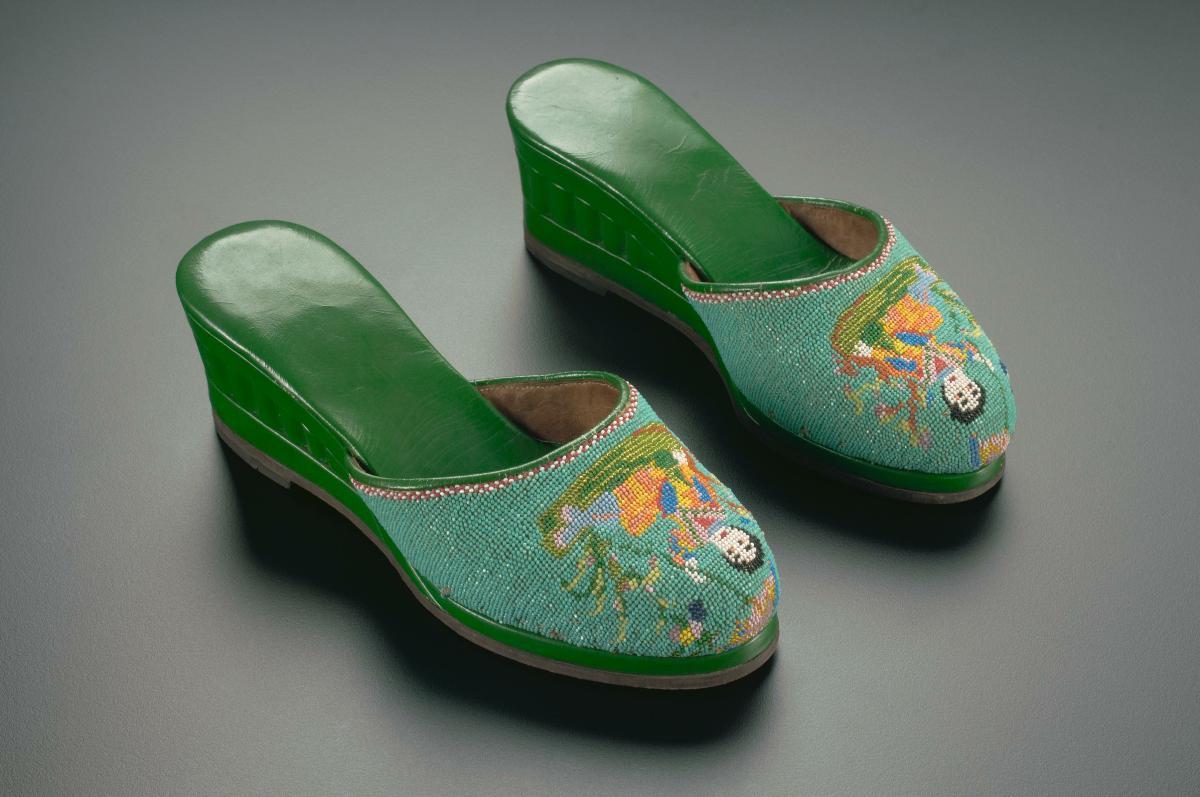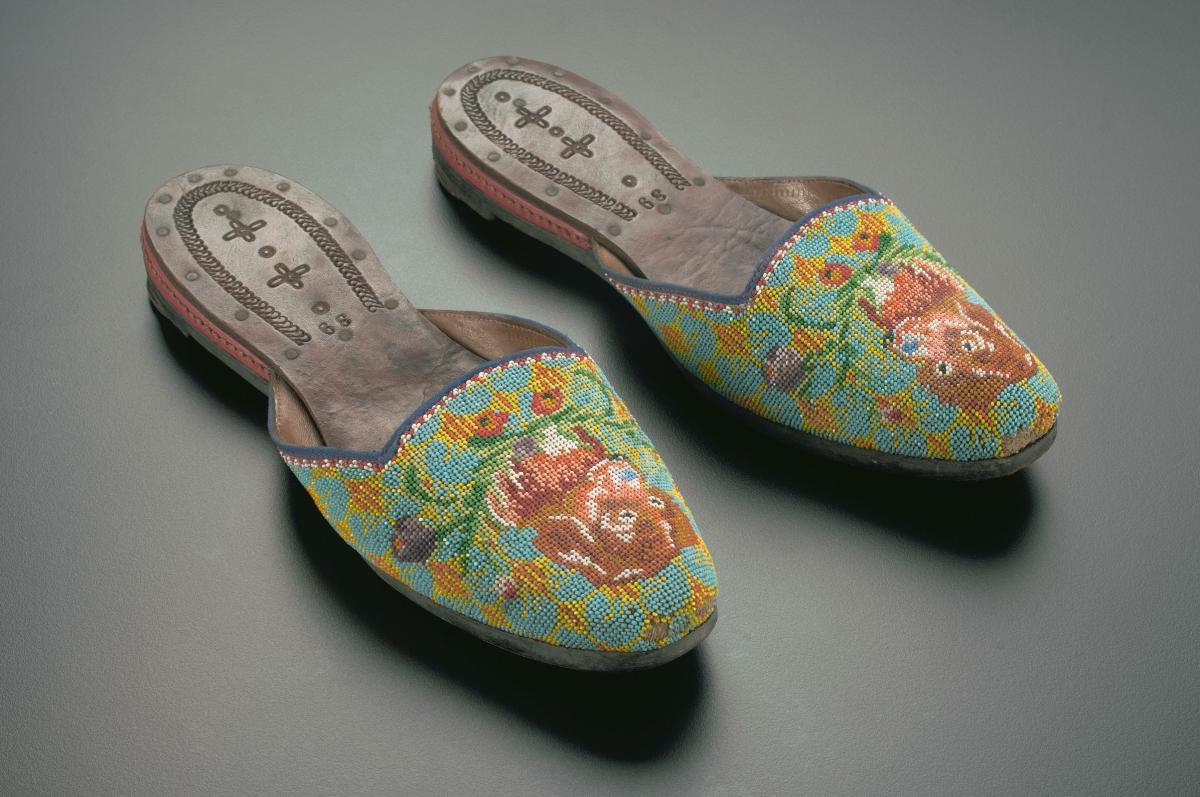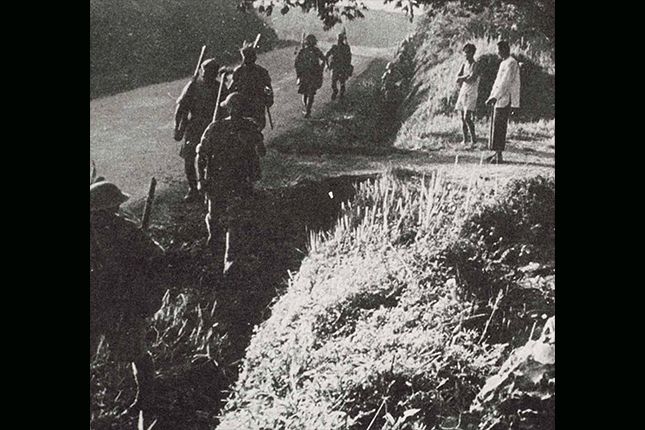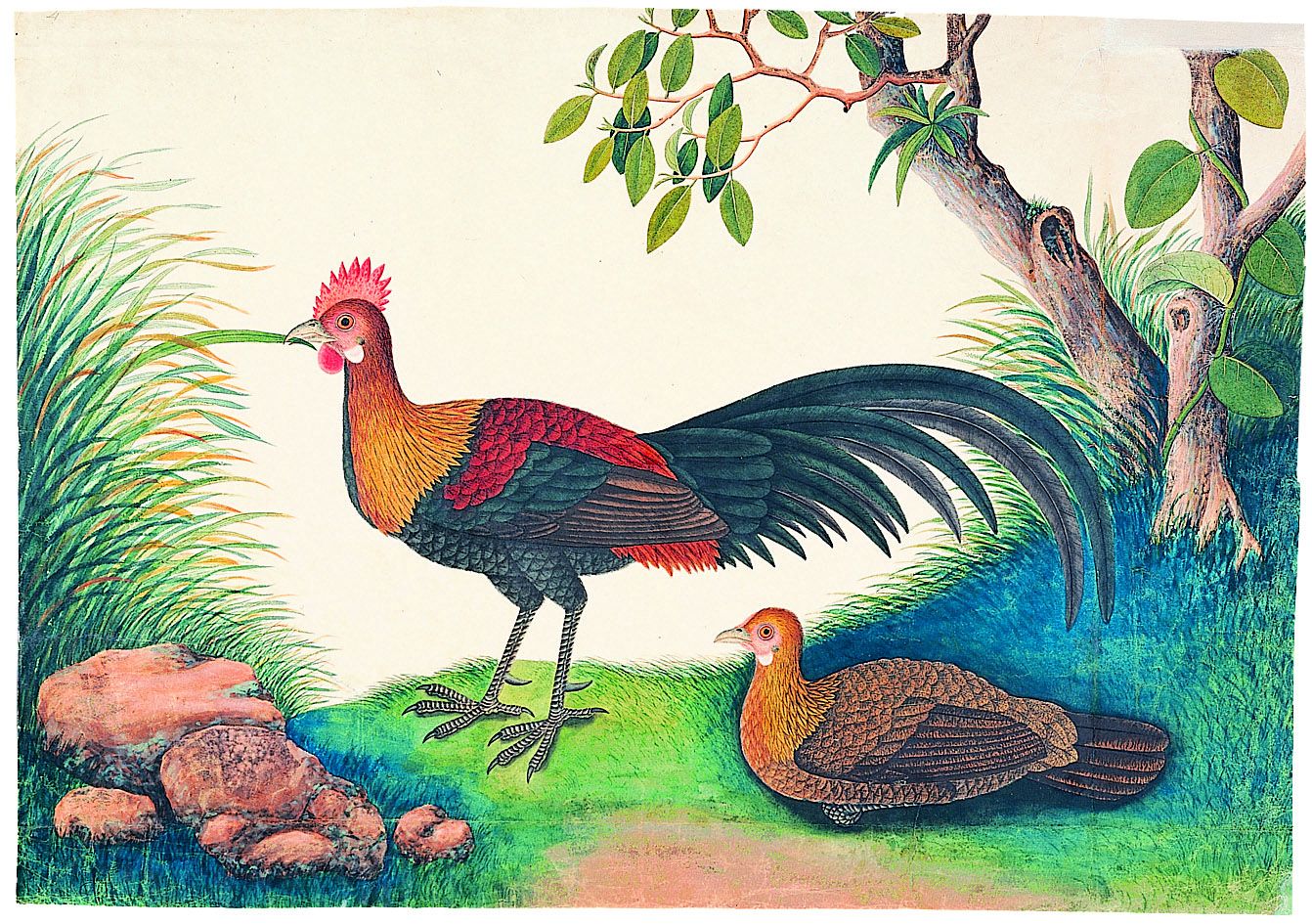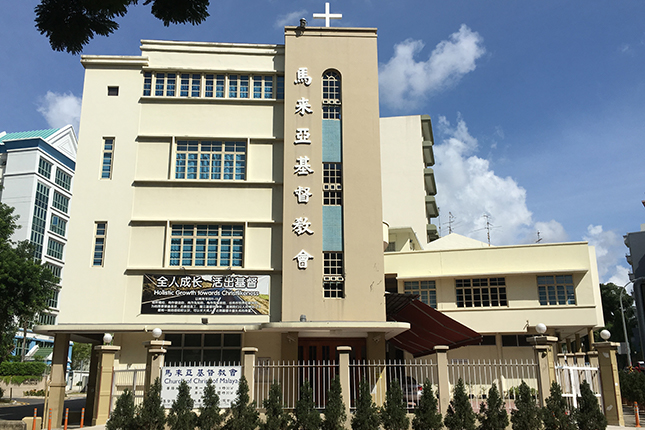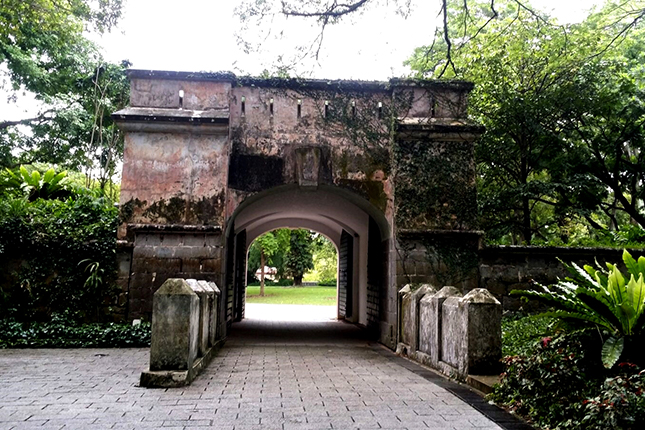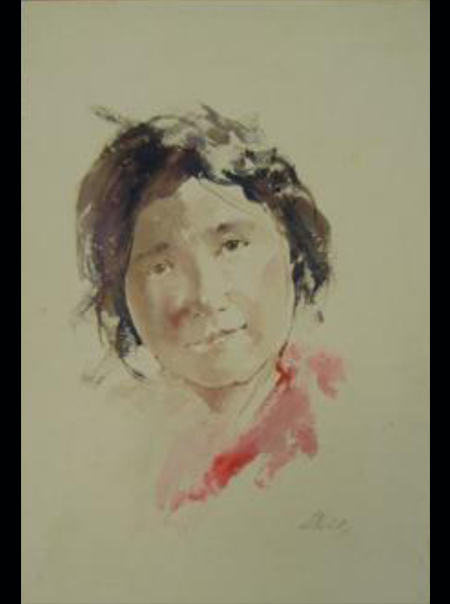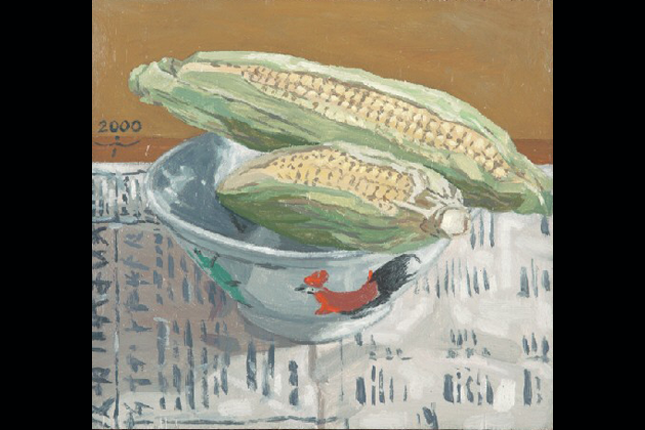Making and Wearing of Songkok
The songkok is a traditional headgear worn by males, primarily in the Malay community, across the Malay/Indonesian archipelago to complete a customary attire, especially during formal occasions, and at social and religious events. It is usually oval-shaped and made of black felt, cotton or velvet. Through the years, the songkok has gone through several modifications to suit different tastes, styles and occasions. In general, it has a flat top. However, there are also songkoks with slightly raised sides called bergunung (mountainous). The wearing of the songkok is believed to have been adopted by the Malay community in Southeast Asia since the 13th century. Some associate the wearing of the songkok to the practice of Islam where adherents are encouraged to cover their heads during prayers. It is considered sunat (voluntary good deed) for the Muslim males to don a headgear.
Different versions of the songkok have different names. Songkoks with laces or decorations along the sides are referred to as berlis (with laces). The songkok berkalimah is another version, which literally means songkok with ayat (religious verses). Other variations include those with studs punched into the top of the songkok or openings at both ends at the top with netting to provide ventilation.
Geographic Location
The making and wearing of songkok is present in Southeast Asia, including Singapore, Malaysia, Indonesia, Brunei, Southern Thailand and southern Philippines.
Communities Involved
In Singapore, the songkok is mainly associated with the Malay/Muslim community. During the colonial period, the songkok was worn by the Malay Regiment and the Singapore Guard Regiment with the former donning green, black and purple songkoks, and the latter donning red songkoks.
Today, the songkok is part of an official Malay male attire that is commonly worn during the festive period of Hari Raya Puasa and Hari Raya Haji.
Associated Social and Cultural Practices
Traditionally, songkoks are handmade by craftsmen, and in more recent times, they are increasingly mass produced in factories. The structure of a songkok is made up of two components: atap (roof or the top) and dinding (wall or the sides). The first step of making a songkok is to first create its inner frame using newspapers. One will be cut into an oval shape according to the customer’s head in diameter for the atap, and the other into a long rectangular piece for the dinding.
The edges of the rectangular piece will be sewn together to form the dinding before attaching the atap. A black cloth is further sewn along the bottom half of the dinding to cover the newspapers. At this point, a small hammer could be used to knock on the edges to flatten and soften it to shape. A piece velvet fabric is cut into the shape of the atap, giving an additional allowance of a few inches, to drape over, covering the newspaper underneath.
The leftover fabric is later used to cover the dinding. The frame is further reinforced by sewing on a piece of manila card, cut according to size, before slipping the velvet fabric over it. The fabric will be stretched over the frame before being stitched into place by hand.
Present Status
The practice of handmade songkoks in Singapore has been declining, and many of the available songkoks are largely imported from neighbouring countries. Nevertheless, the songkok is still widely worn by males from the Malay community in Singapore.
References
Reference No.: ICH-040
Date of Inclusion: April 2018; Updated March 2019
References
Chew, Phyllis Ghim-Lian. A Sociolinguistic History of Early Identities in Singapore: From Colonialism to Nationalism. Hampshire: Palgrave Macmillan, 2012.
Hassan, Oskar Hasdinor et al. International Colloquium of Art and Design Education Research. Springer, 2014.
Koh, Jaime and Ho, Stephanie. Culture and Customs of Singapore and Malaysia. California: ABC-CLIO, 2009.
Sullivan, Margaret, Wong, Henry and Neo, Michael. “Can Survive, La”: Cottage Industries in High-rise Singapore, Singapore: G. Brash, 1985.






